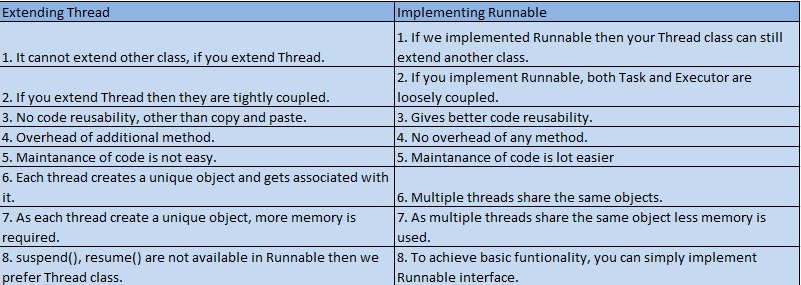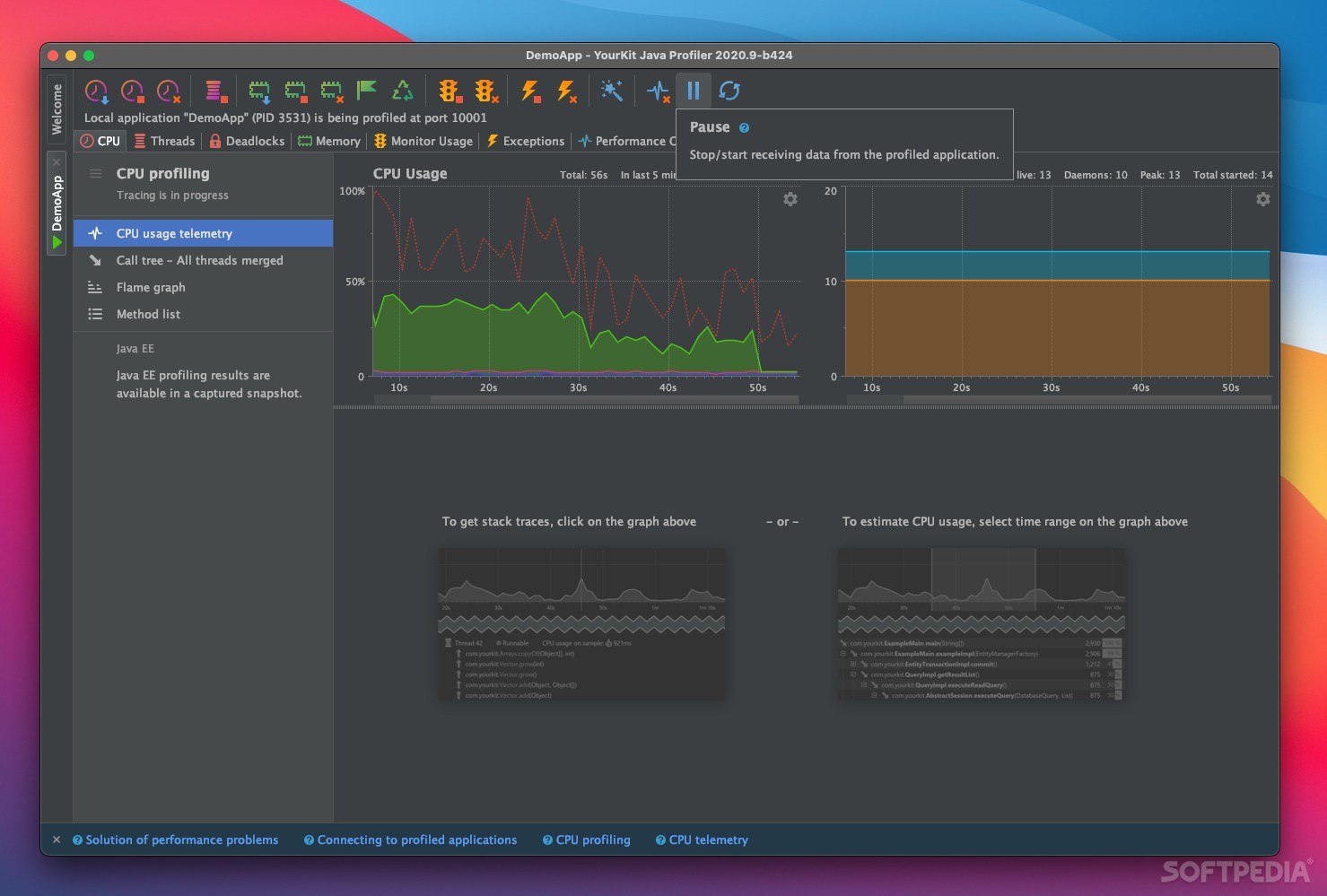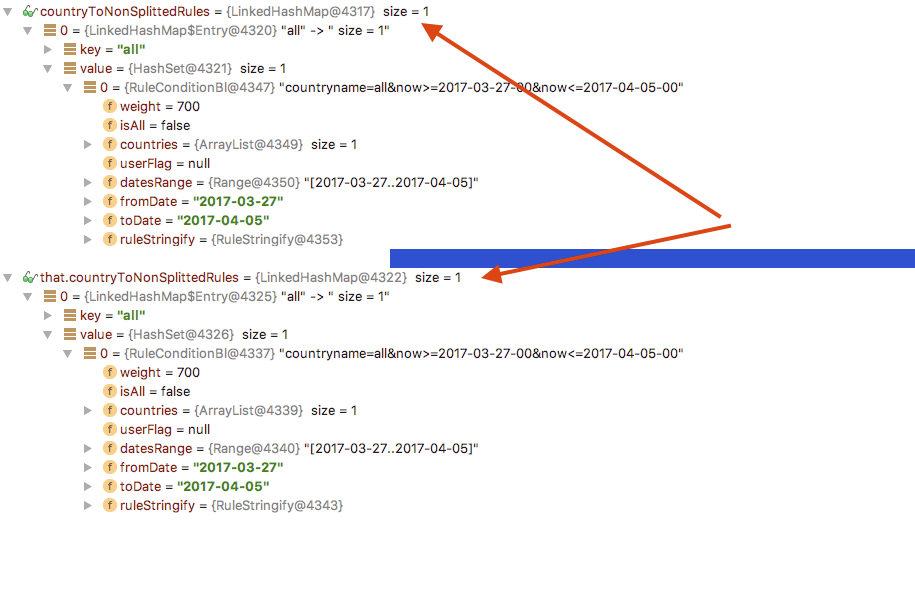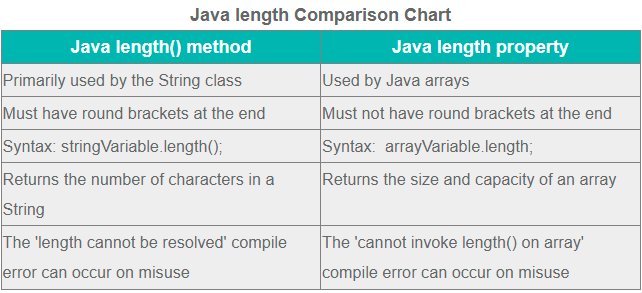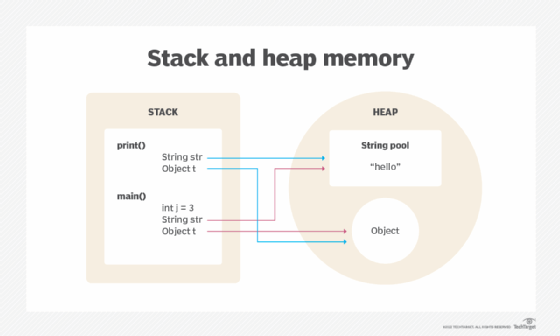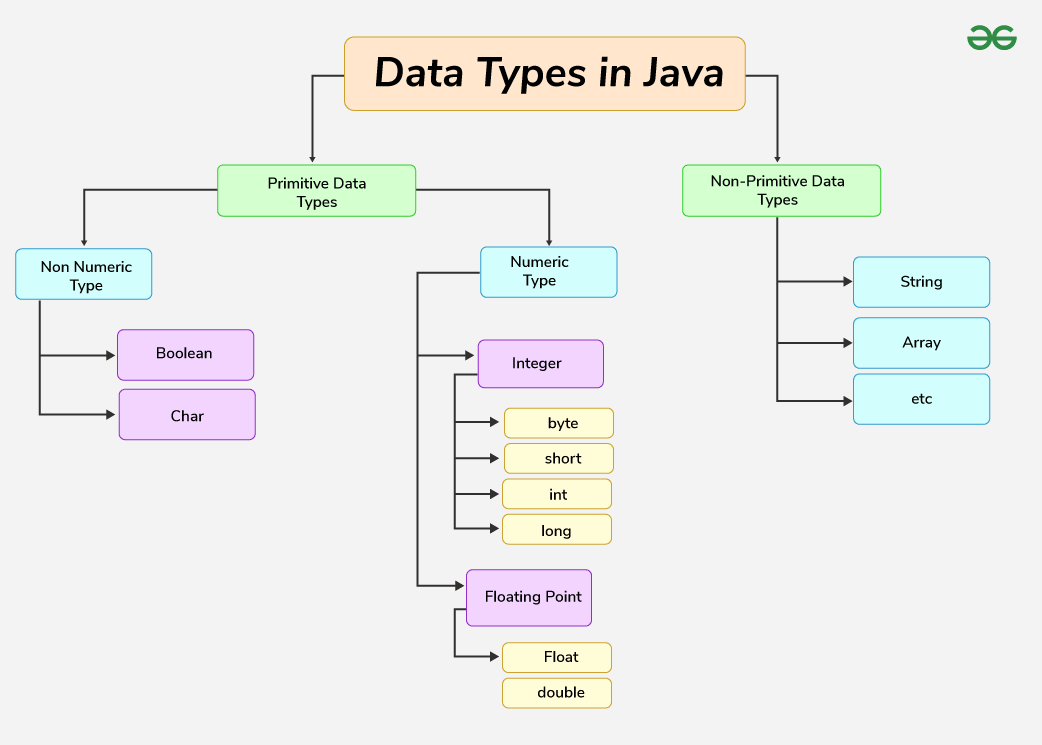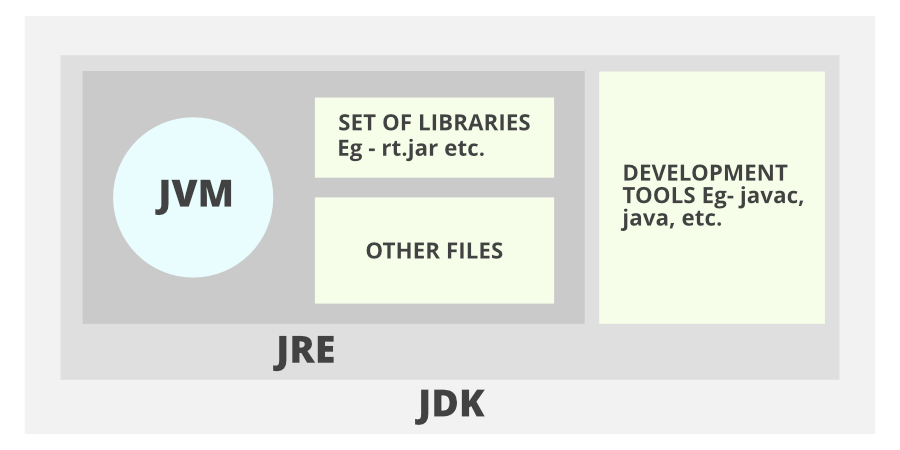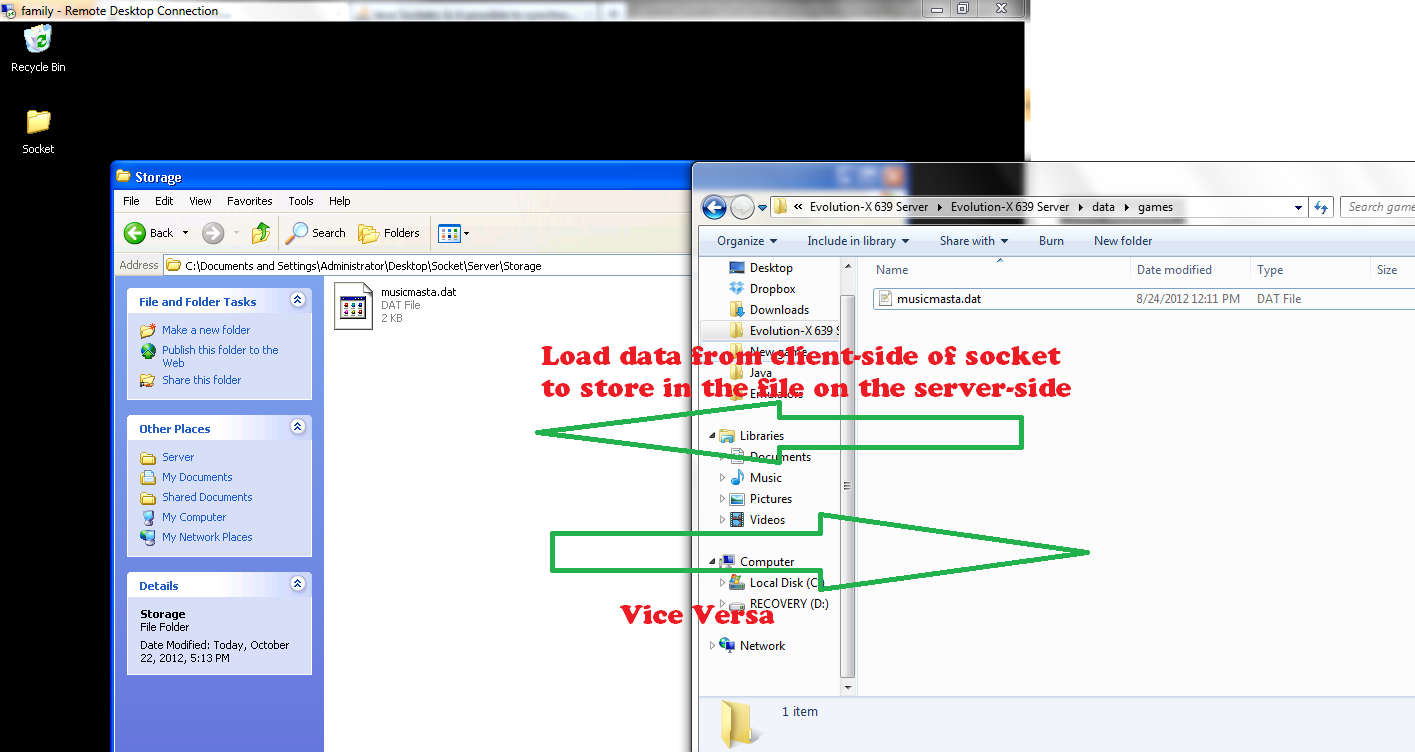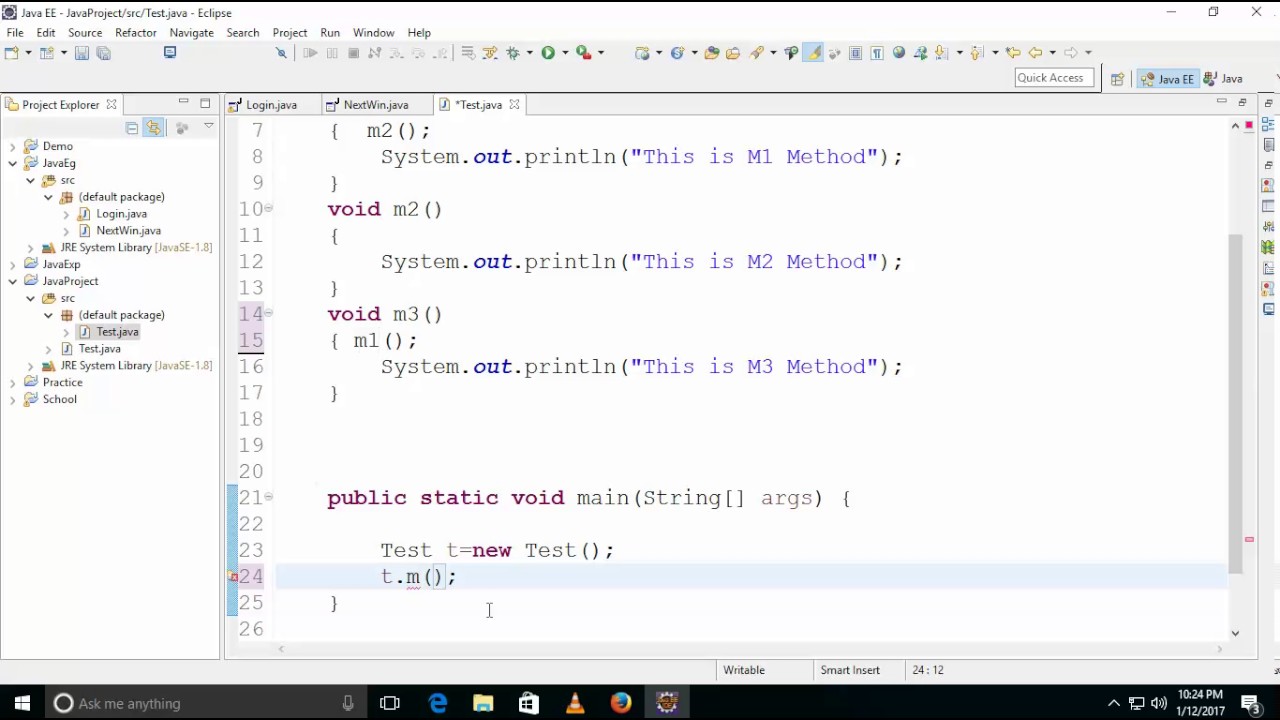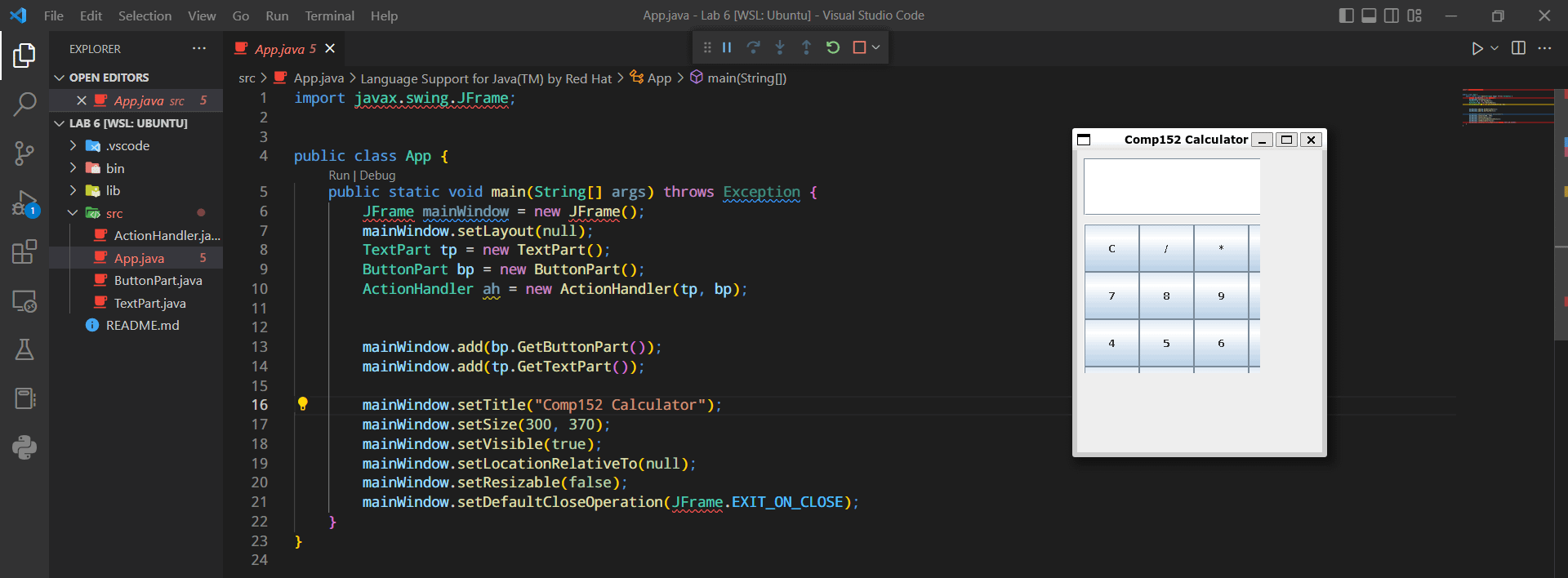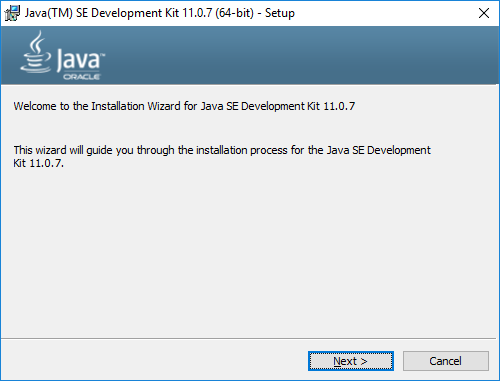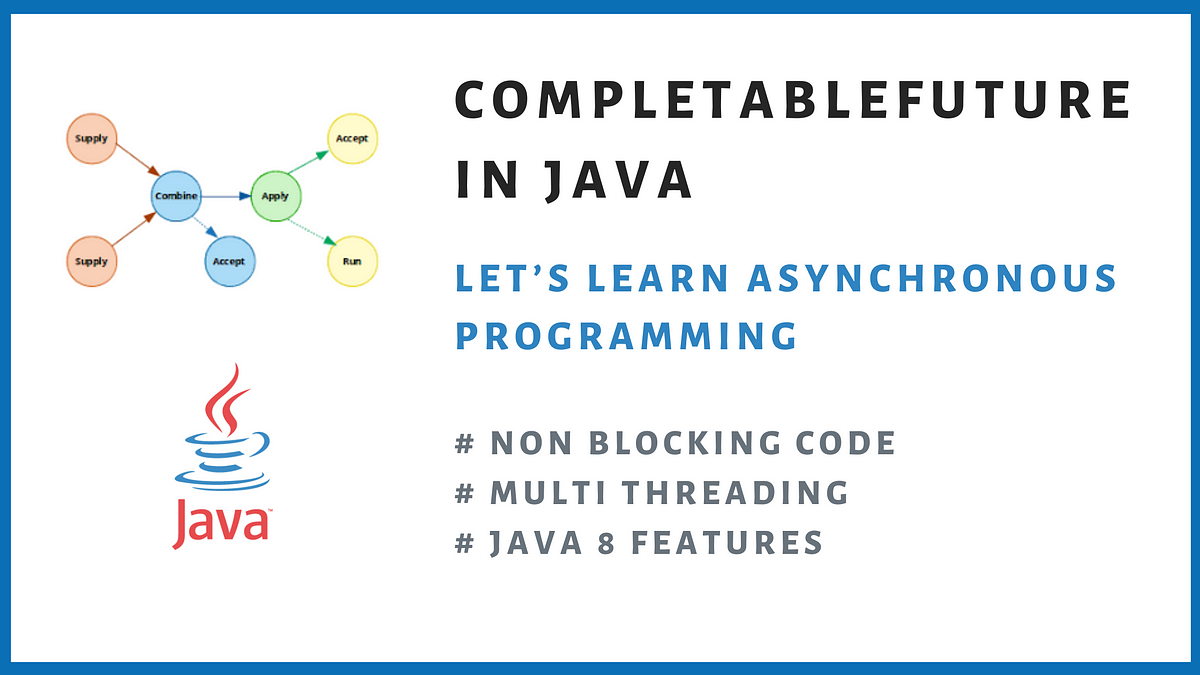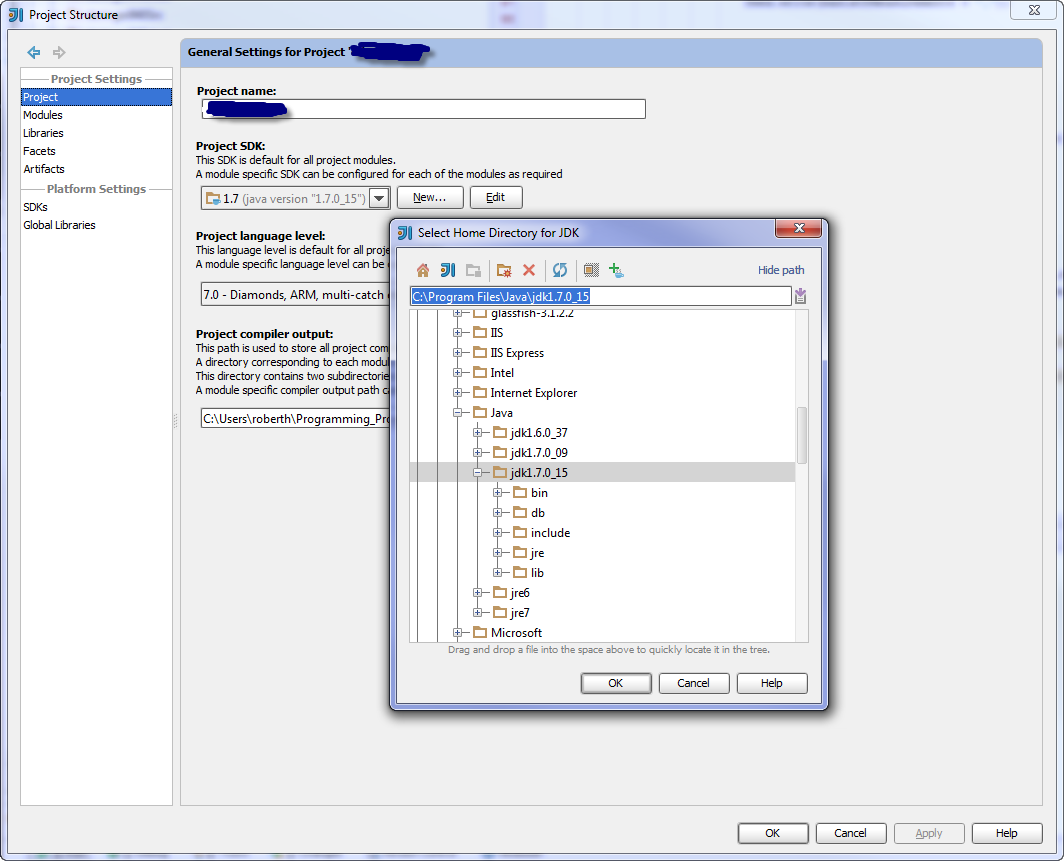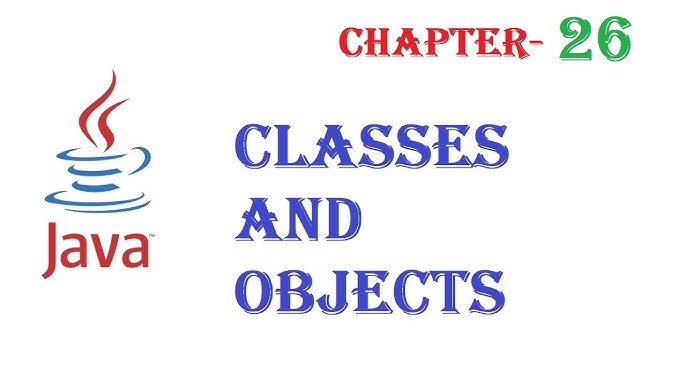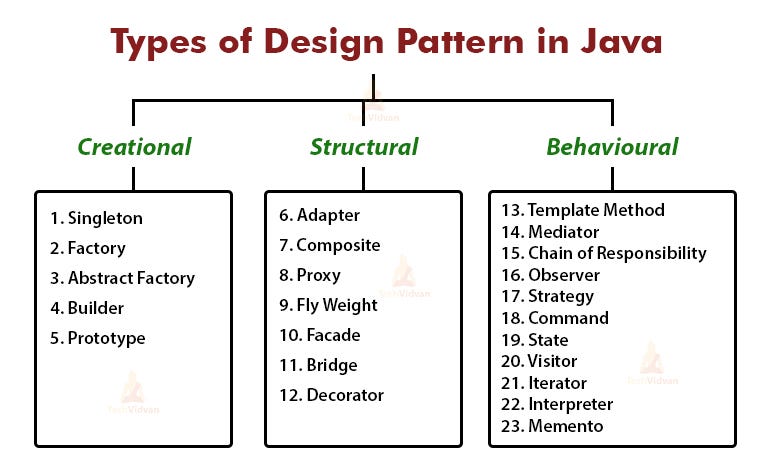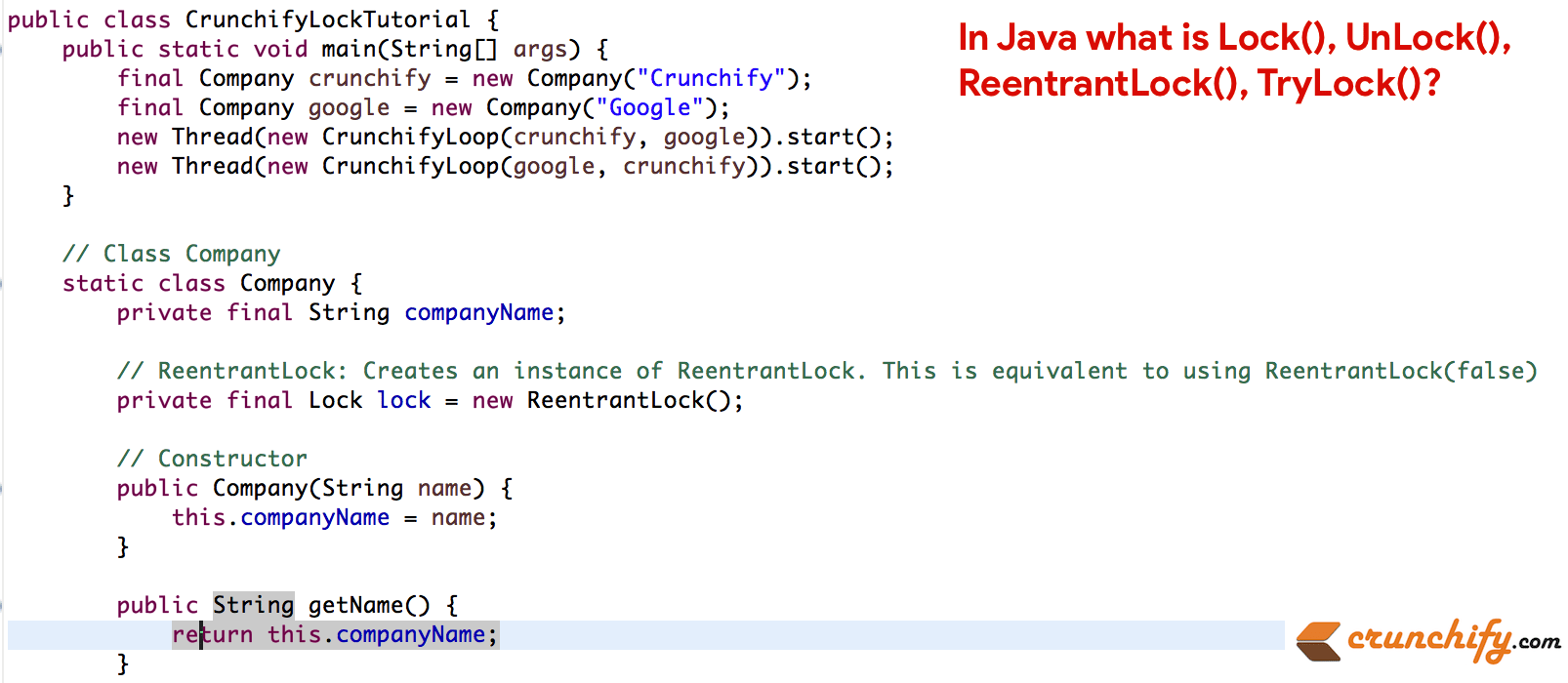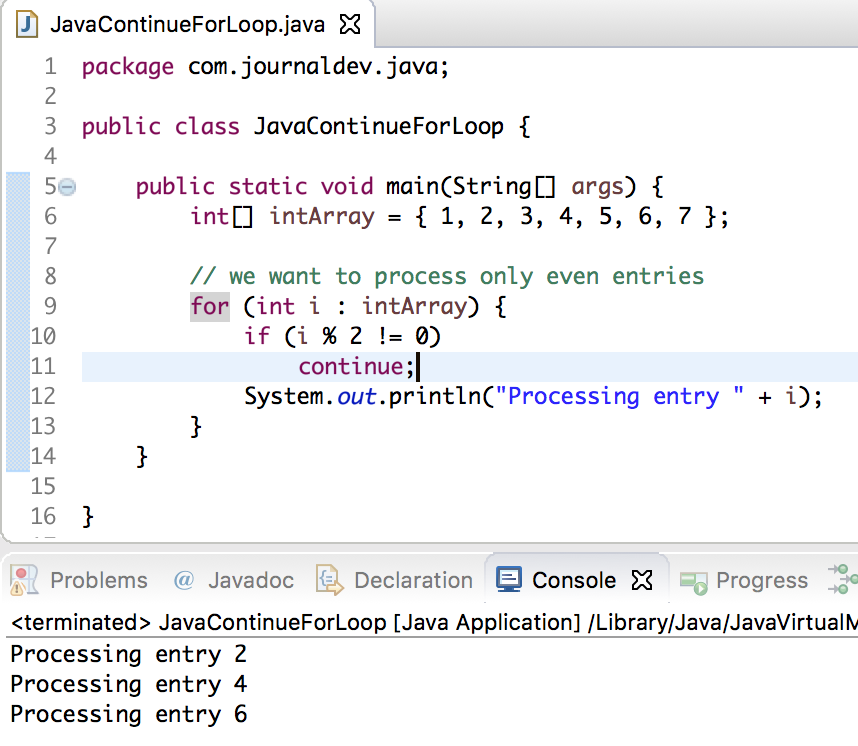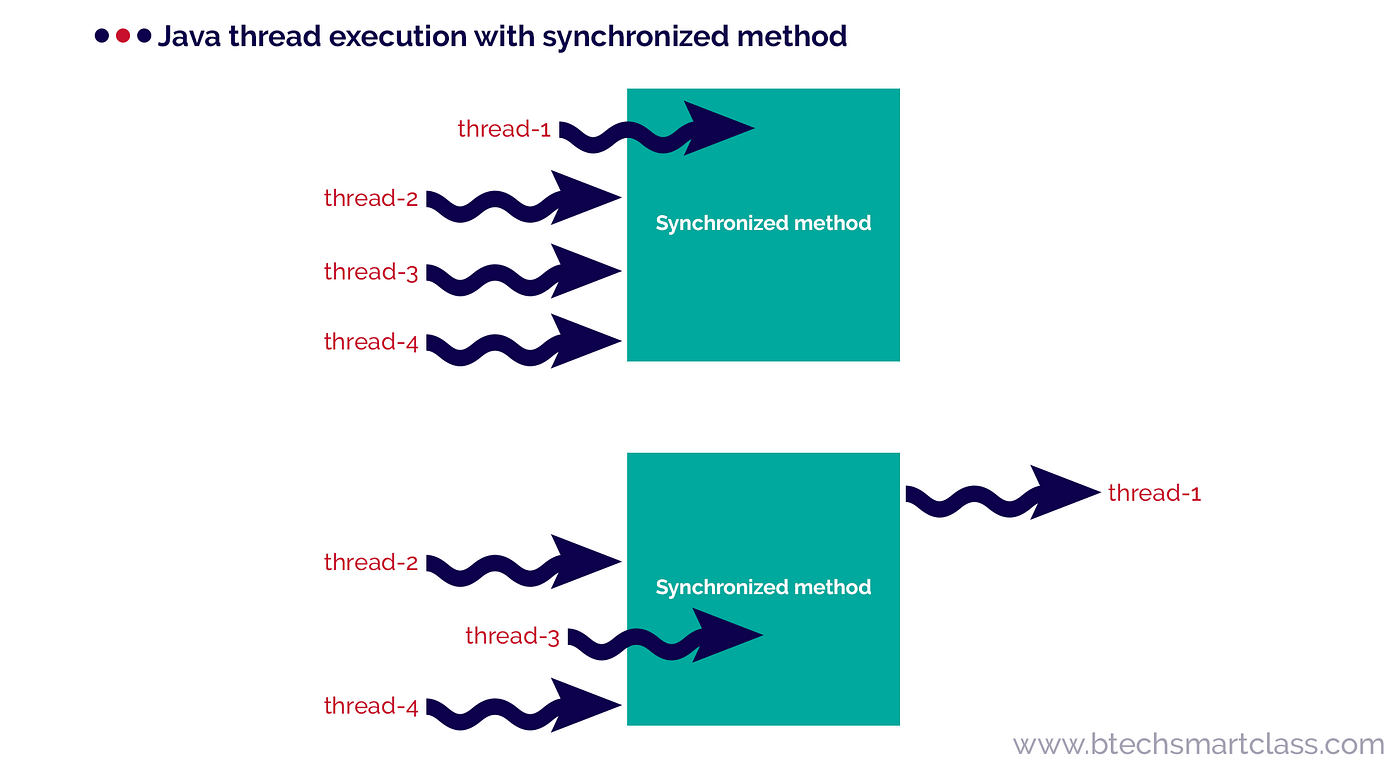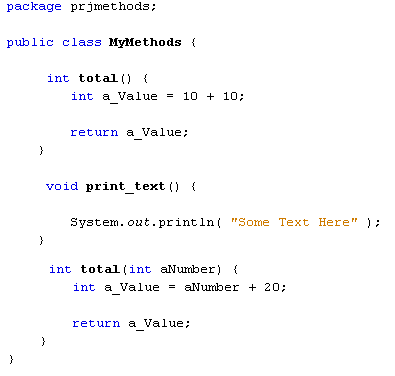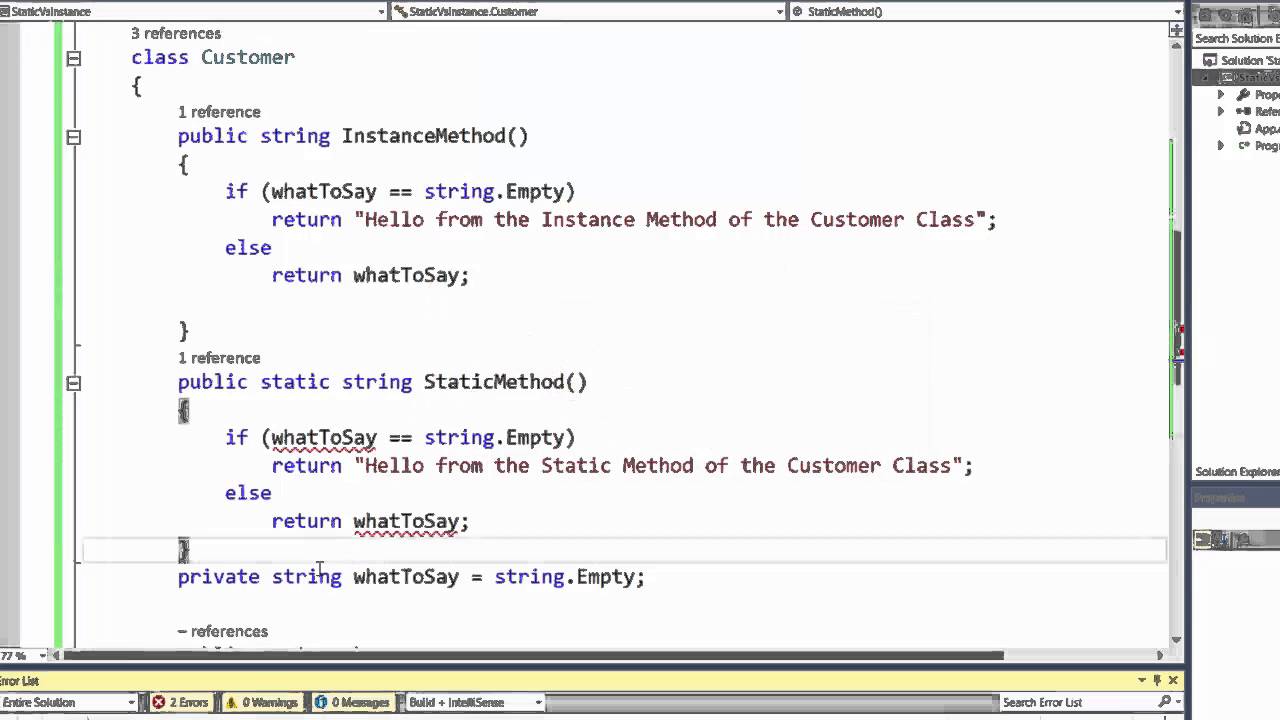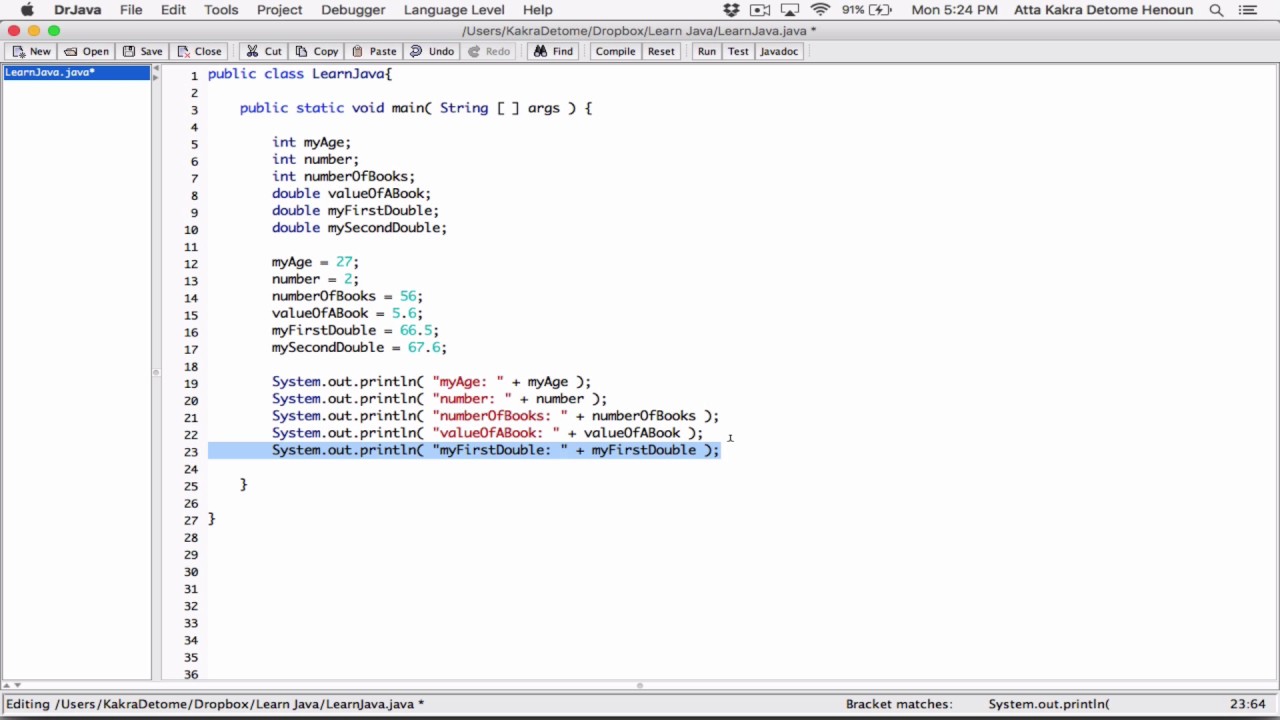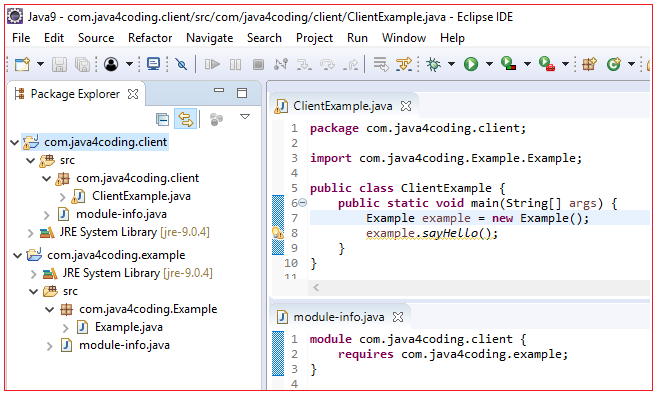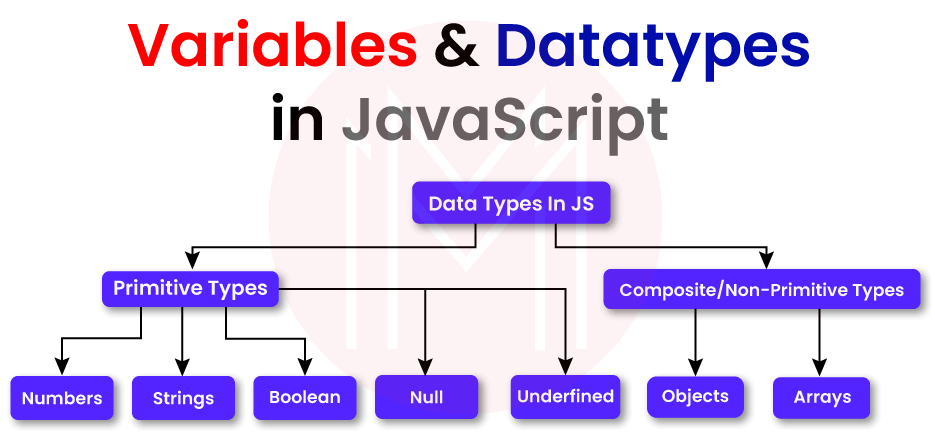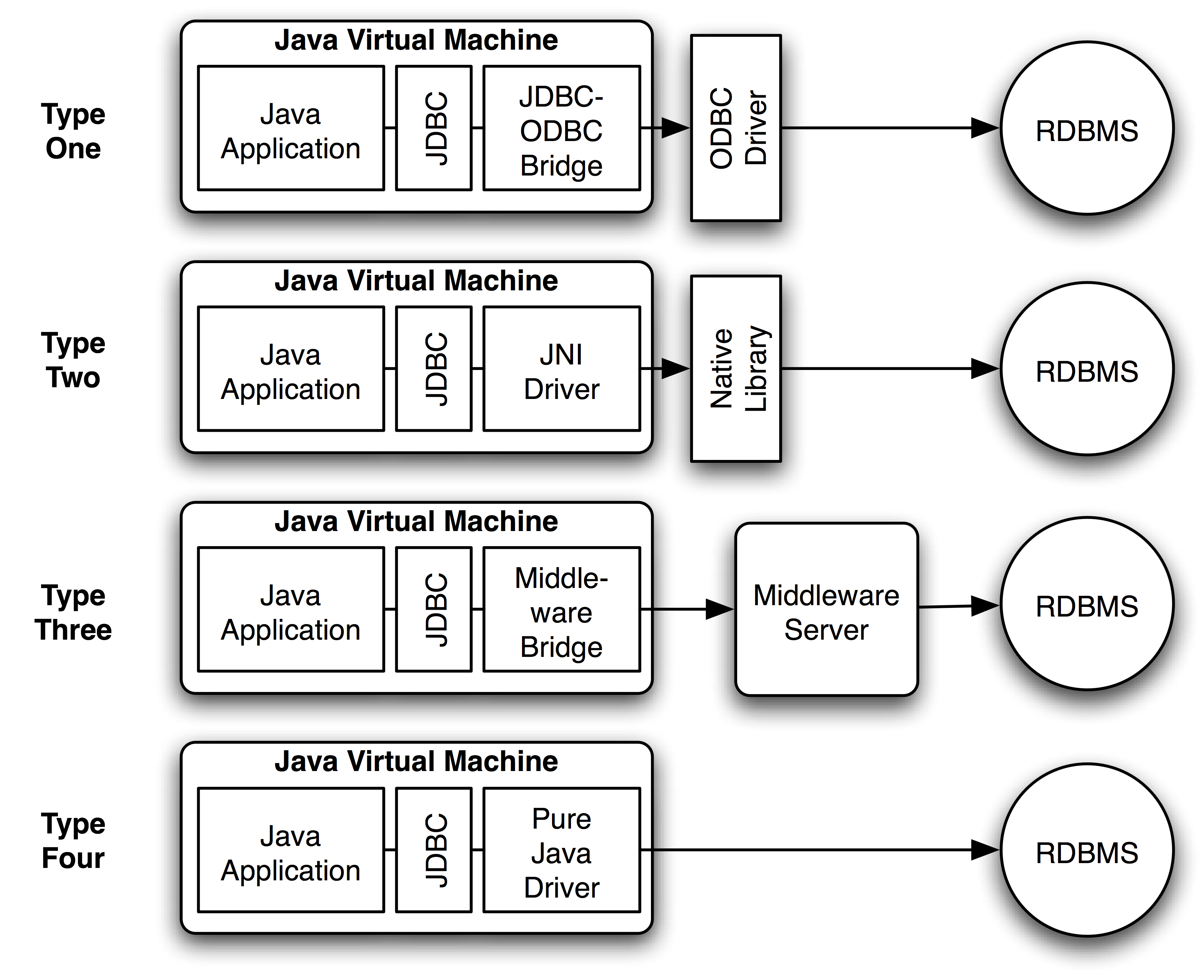What is primitive vs derived data types in Java?
What is primitive vs derived data types in Java?
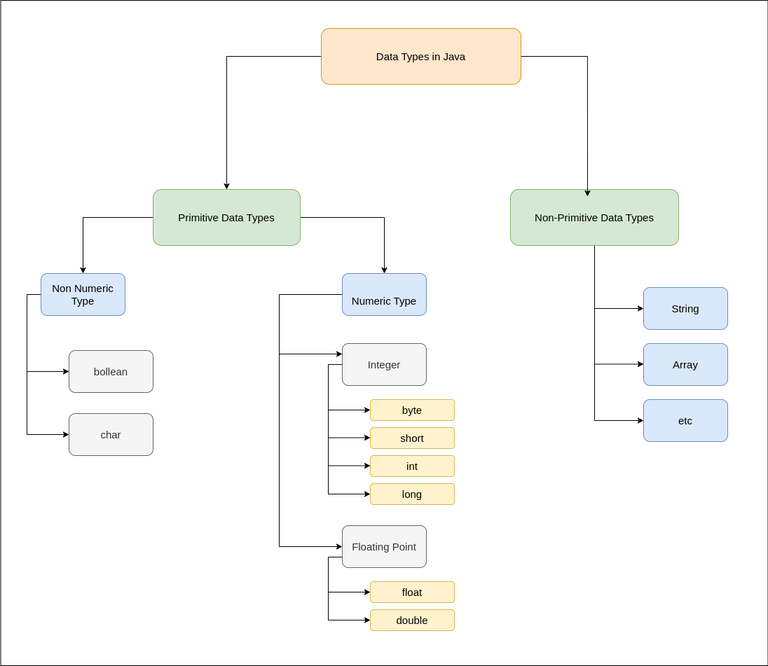
In Java, primitive data types are the built-in data types that are provided by the language itself, whereas derived data types are the custom data types that can be created using classes and interfaces.
Primitive Data Types:
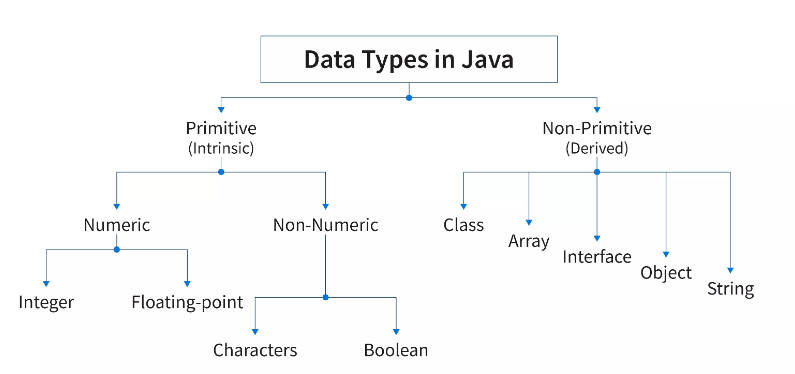

These primitive data types are the fundamental building blocks of any Java program. They can be used as variables, function parameters, or return values.
Derived Data Types:
String: a sequence of characters Arrays: a collection of elements of the same type Wrapper Classes: classes that wrap around primitive data types (e.g.,Integer, Double) Enums: custom-defined constants Collections: frameworks for working with groups of objects (e.g., ArrayList, HashMap)
Derived data types are created using classes and interfaces, which define the characteristics and behaviors of the data type. They can be used to represent more complex data structures or to create custom data types that are specific to a particular domain.
Key differences between primitive and derived data types:
Memory Allocation: Primitive data types occupy fixed amounts of memory, whereas derived data types may require dynamic memory allocation. Type Safety: Primitive data types have built-in type safety checks, whereas derived data types may require explicit casting or conversion. Inheritance: Derived data types can inherit behavior and characteristics from other classes or interfaces, whereas primitive data types do not support inheritance.In summary, primitive data types are the fundamental building blocks of Java programming, while derived data types are custom-created using classes and interfaces to represent more complex data structures or specific domain-specific data types.
What are the primitive data types in java with examples
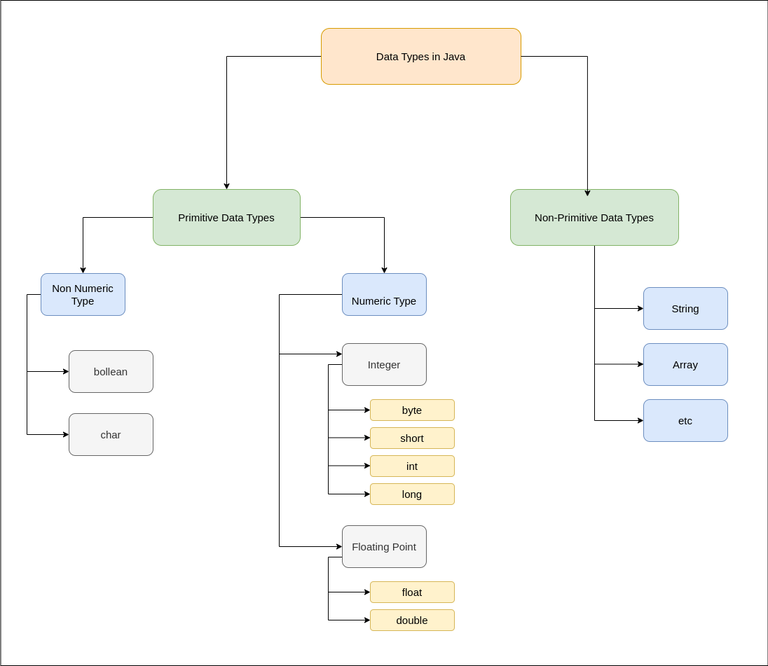
Here's a detailed explanation of the primitive data types in Java along with examples.
boolean: The boolean type represents either true or false. It is used for logical values and can be stored as a single bit, which makes it memory-efficient.
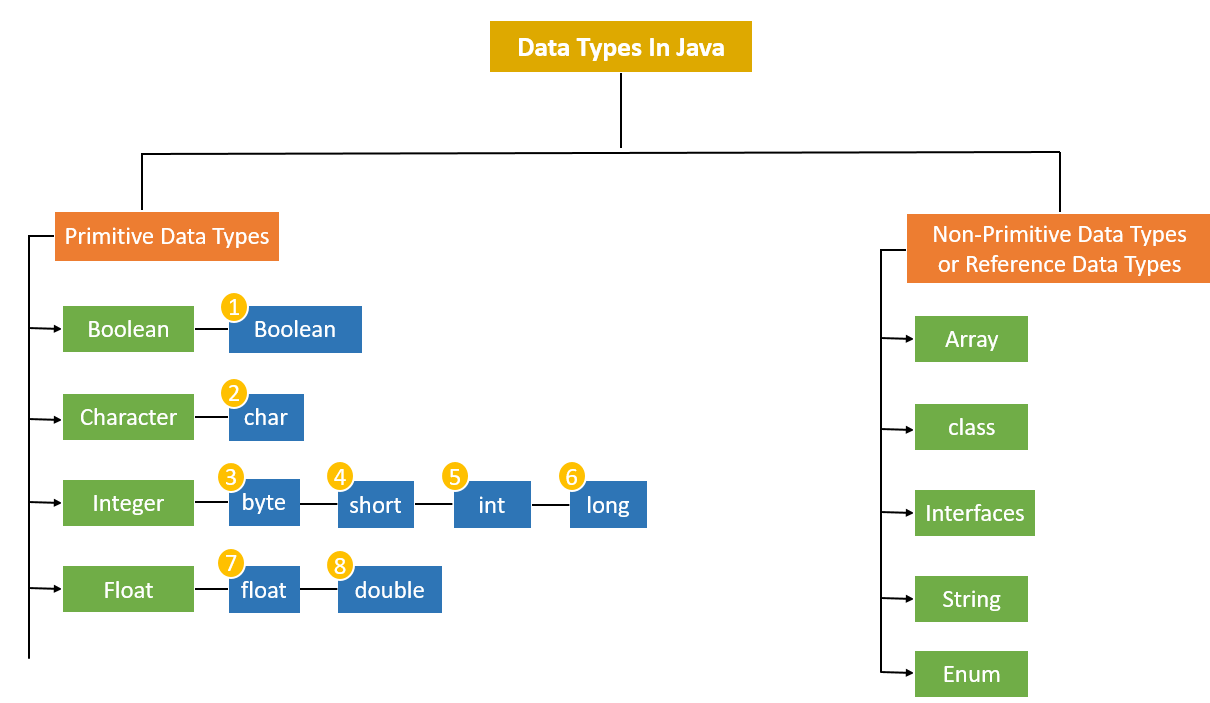
Example:
boolean isAdmin = true; // declares a boolean variable isAdmin and assigns it the value true.
byte: The byte type is an 8-bit signed integer type. It has a minimum value of -128 and a maximum value of 127.
Example:
byte age = 25; // declares a byte variable age and assigns it the value 25.
char: The char type represents a single character in Unicode (UTF-16). It is a 16-bit unsigned integer that can be used to represent any valid Unicode character.
Example:
char letter = 'A'; // declares a char variable letter and assigns it the value 'A'.
short: The short type is a 16-bit signed integer type with a minimum value of -32768 and a maximum value of 32767.
Example:
short balance = 100; // declares a short variable balance and assigns it the value 100.
int: The int type is a 32-bit signed integer type that has a minimum value of -2,147,483,648 and a maximum value of 2,147,483,647.
Example:
int studentId = 12345; // declares an int variable studentId and assigns it the value 12345.
long: The long type is a 64-bit signed integer type that has a minimum value of -9,223,372,036,854,775,808 and a maximum value of 9,223,372,036,854,775,807.
Example:
long population = 10000000L; // declares a long variable population and assigns it the value 10,000,000.
float: The float type is a 32-bit IEEE floating-point number that has a minimum value of 1.4E-45 and a maximum value of 3.4E+38.
Example:
float grade = 3.5f; // declares a float variable grade and assigns it the value 3.5.
double: The double type is a 64-bit IEEE floating-point number that has a minimum value of 4.9E-324 and a maximum value of 1.8E+308.
Example:
double pi = 3.14159265359; // declares a double variable pi and assigns it the value 3.14.
void: The void type is used as a return type for methods that do not return any value.
Example:
public void printMessage() {
System.out.println("Hello, World!");
}
In summary, these are the primitive data types in Java:
boolean byte char short int long float doubleEach of these data types has its own set of possible values and range of valid values.

